“White collar crime” is commonly defined as a crime committed by a respectable person, usually with an education and a higher standing in society, in the performance of his or her occupation or area of expertise. It is frequently considered a victimless crime as no one is physically injured in the execution of the crime. If an individual defrauds a bank or an insurance company out of funds, who is hurt? Robert and Kathy Lang Albright, victims of a temporary bookkeeper who embezzled hundreds of thousands of dollars from their business, learned that many people are hurt. Because of the crime, they were forced to let 20 people go from their small company that manufactures faux plants for hotels, offices, and other businesses. Embezzlers, explains Kathy Albright, are “financial assassins”.
1. Who are the victims of the alleged fraud committed against Atrium Foliage?
2. What elements of trust and action allowed the alleged crime to persist through the duration of eighteen months?
3. The alleged theft through embezzlement exceeded $850,000 and the lawsuit for forgery and fraud is for at least $95,577. How is this difference explainable or justifiable?
(Retrievable online at
http://www.ajc.com/business/businesses-are-prey-to-391984.html)

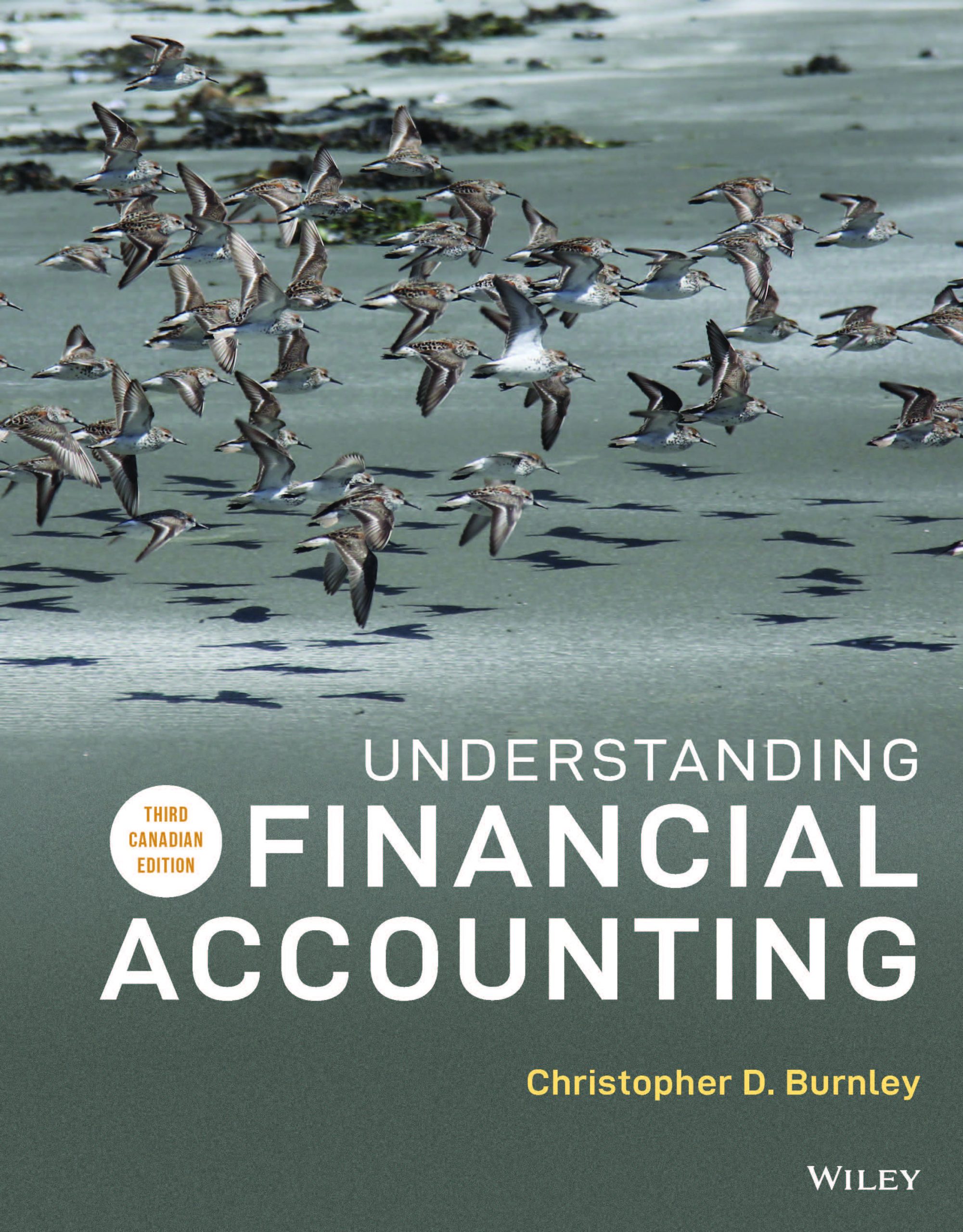
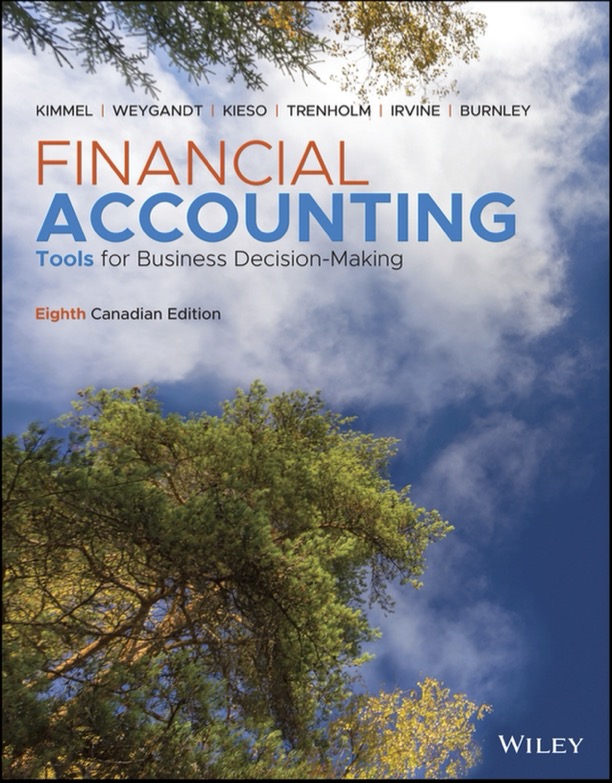
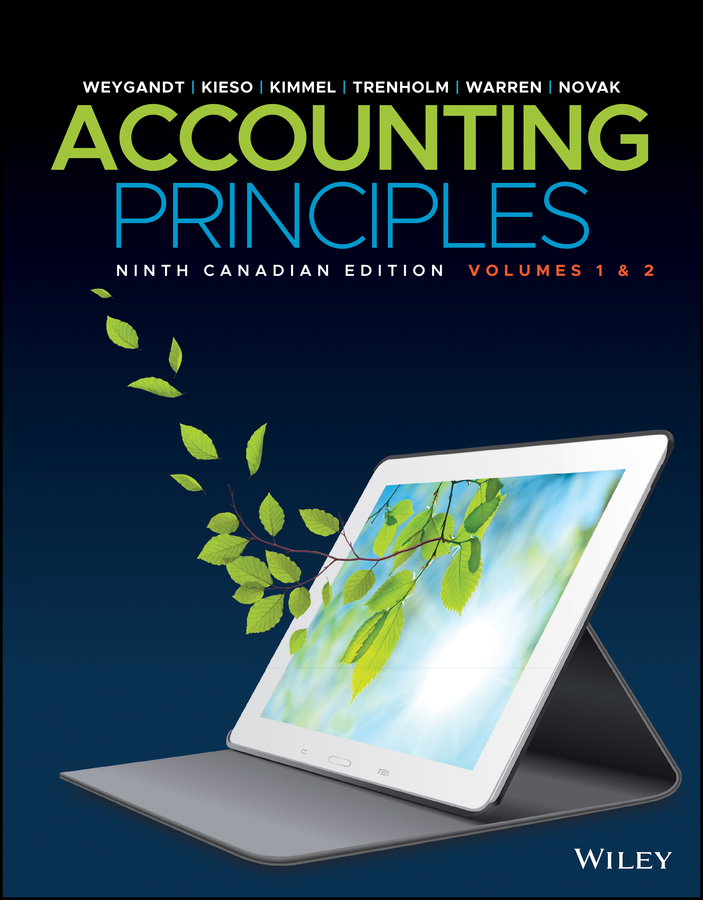

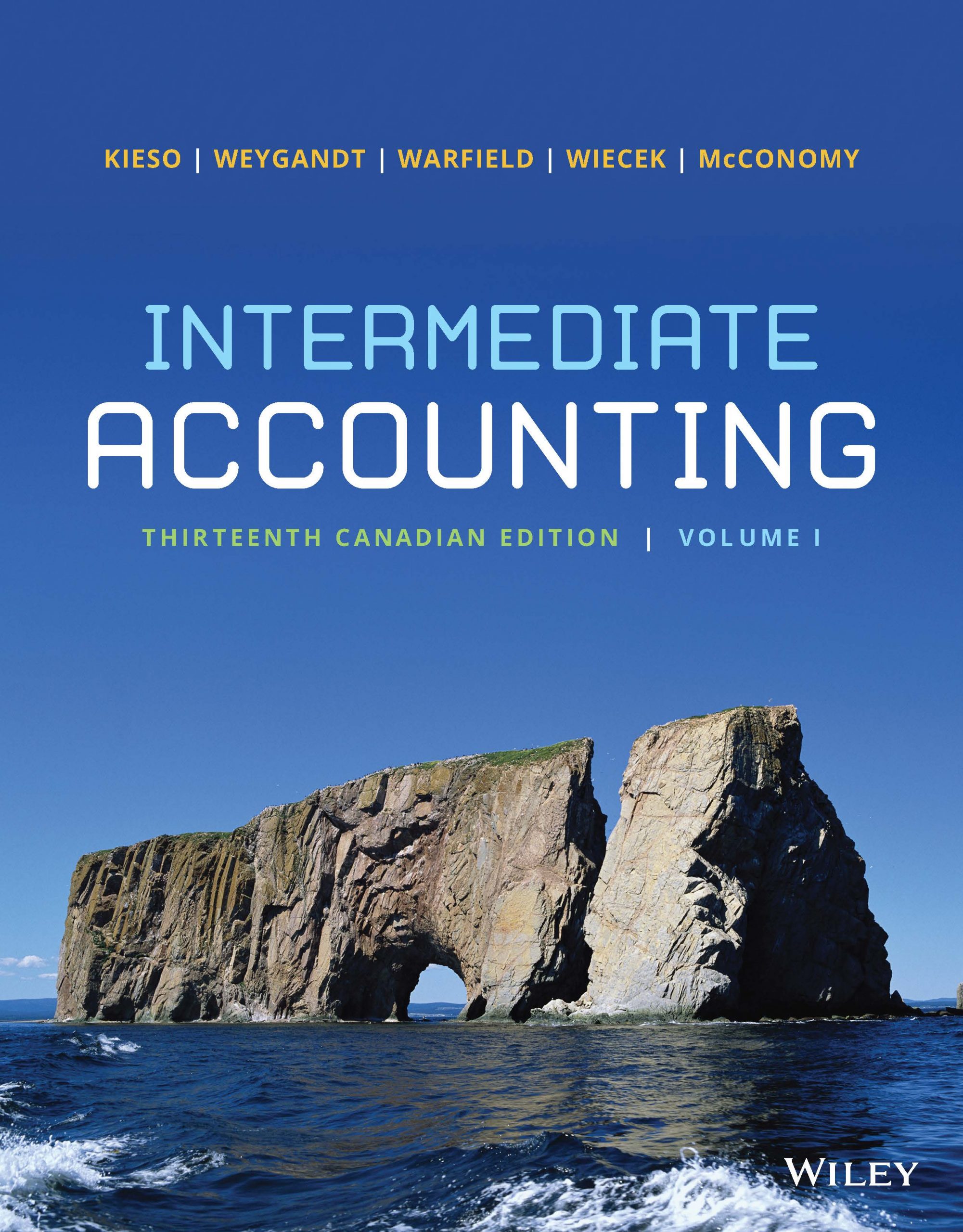
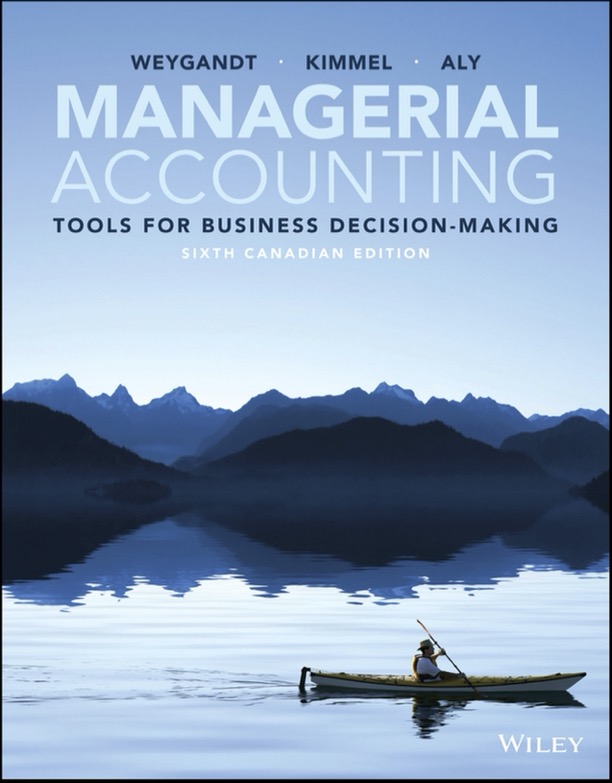


Leave a Reply